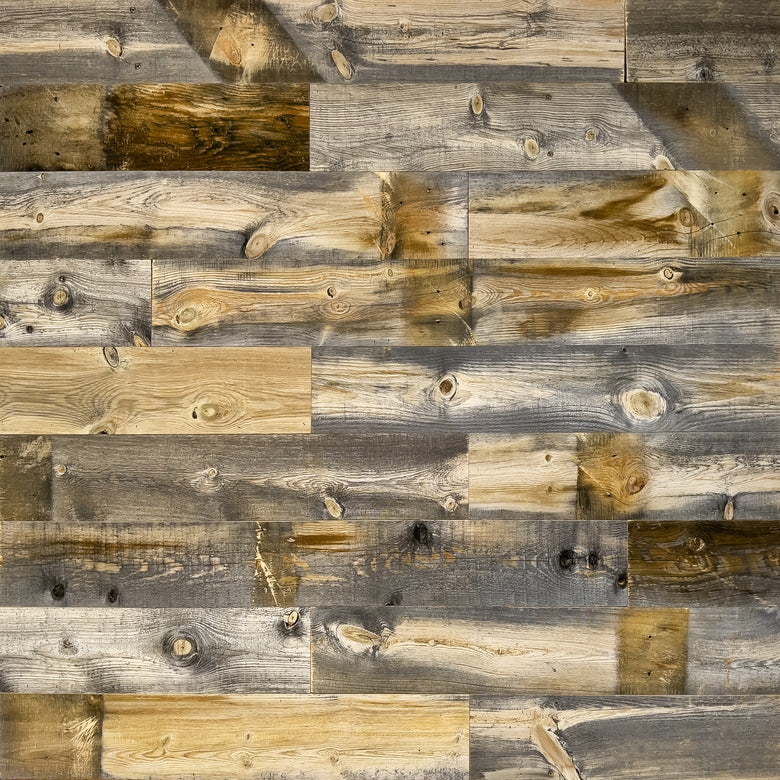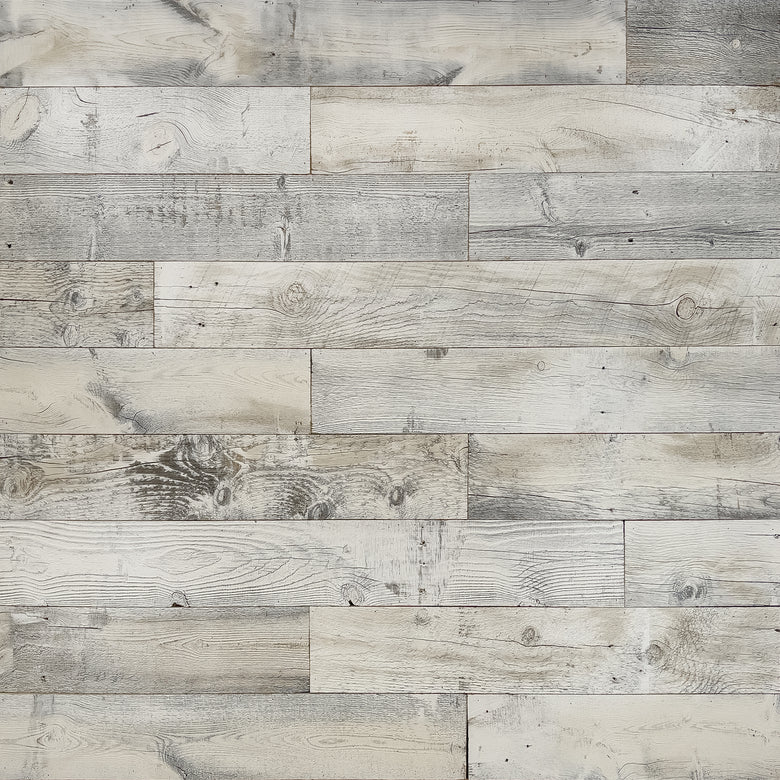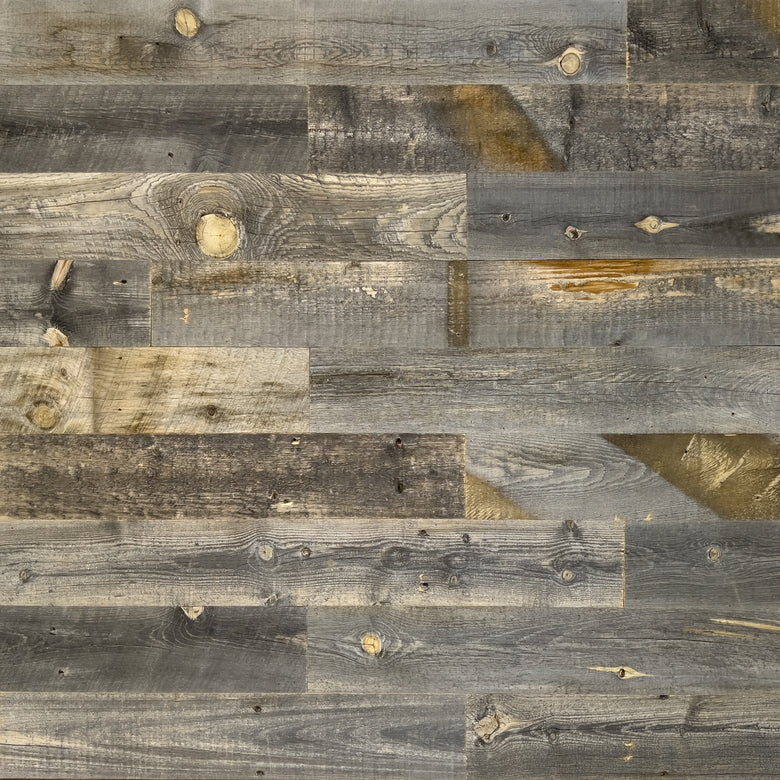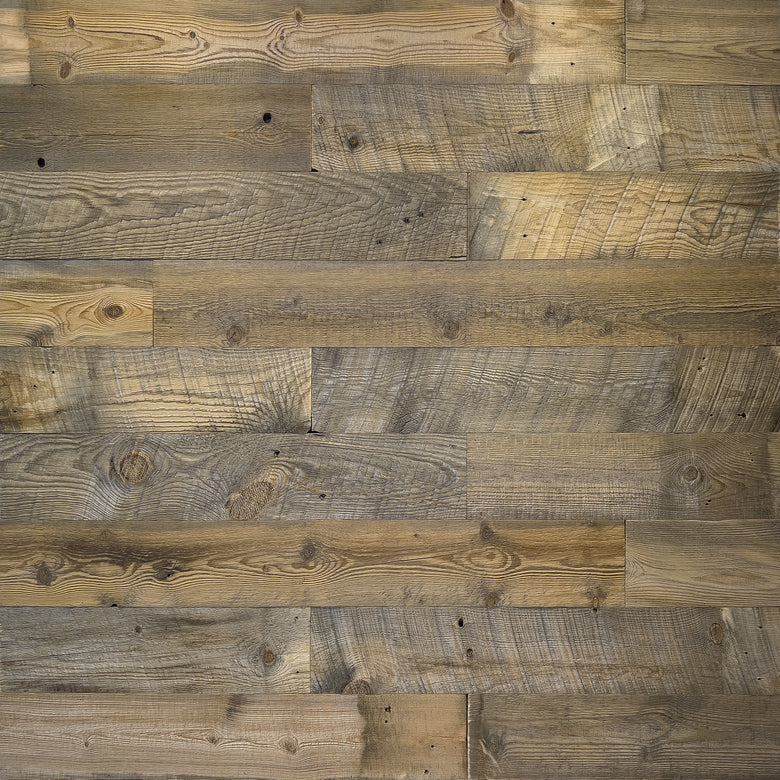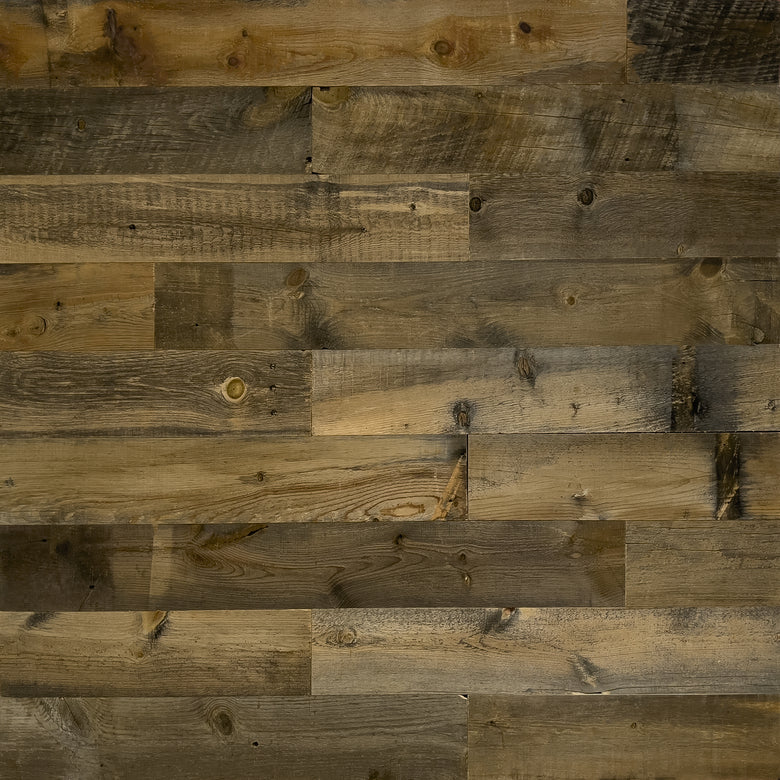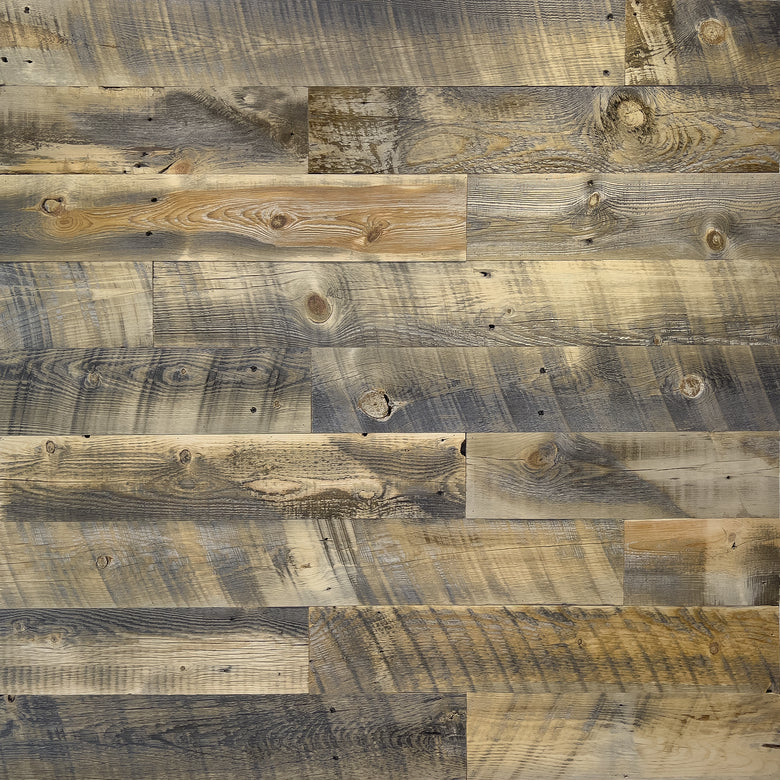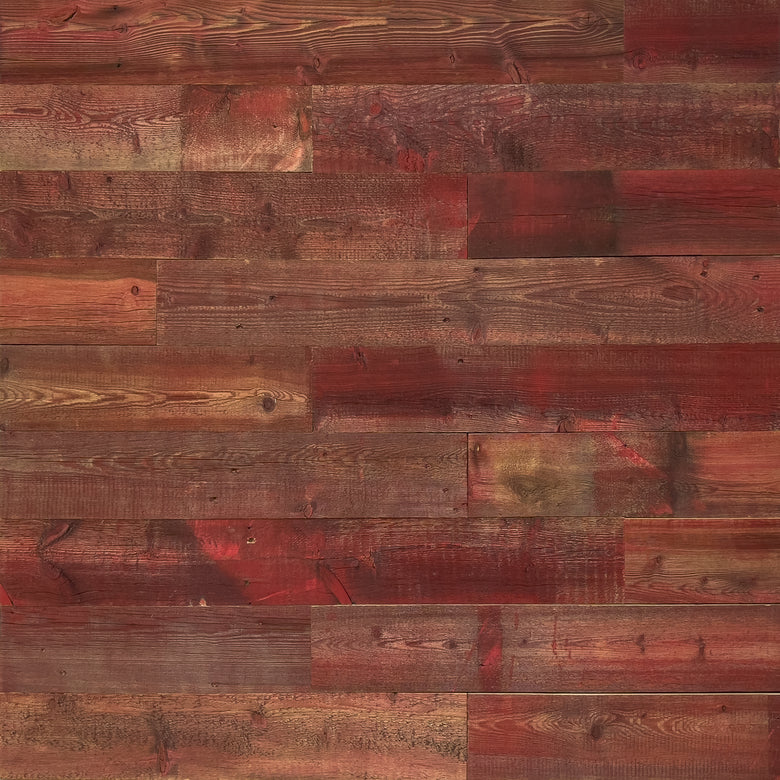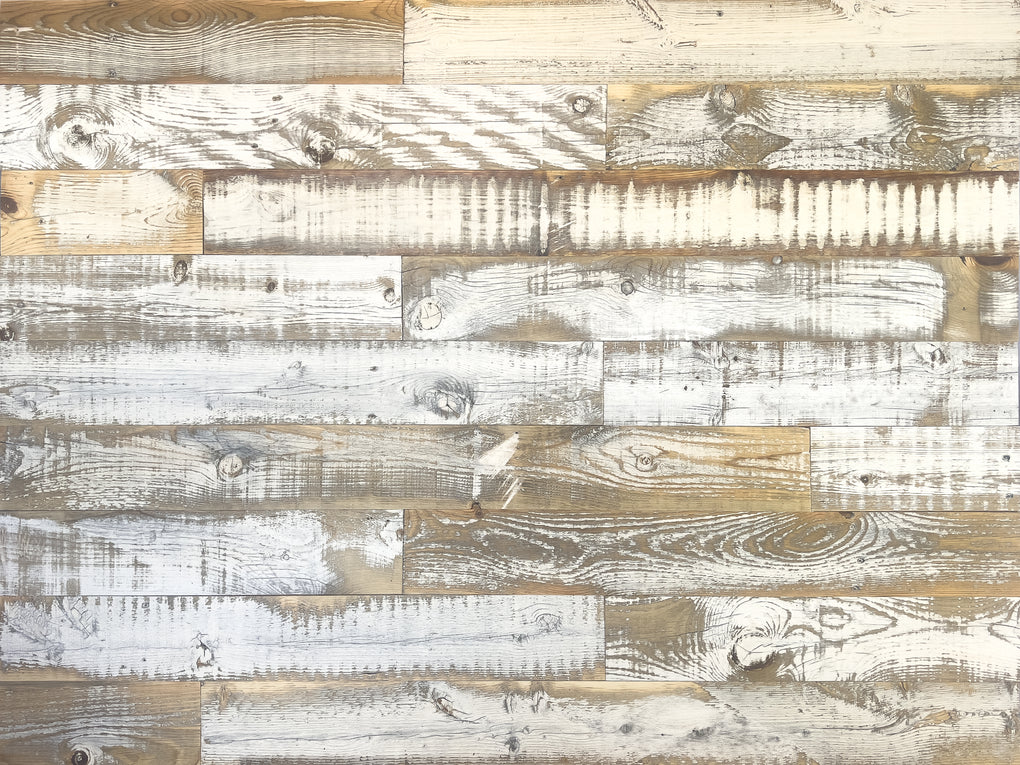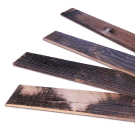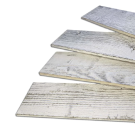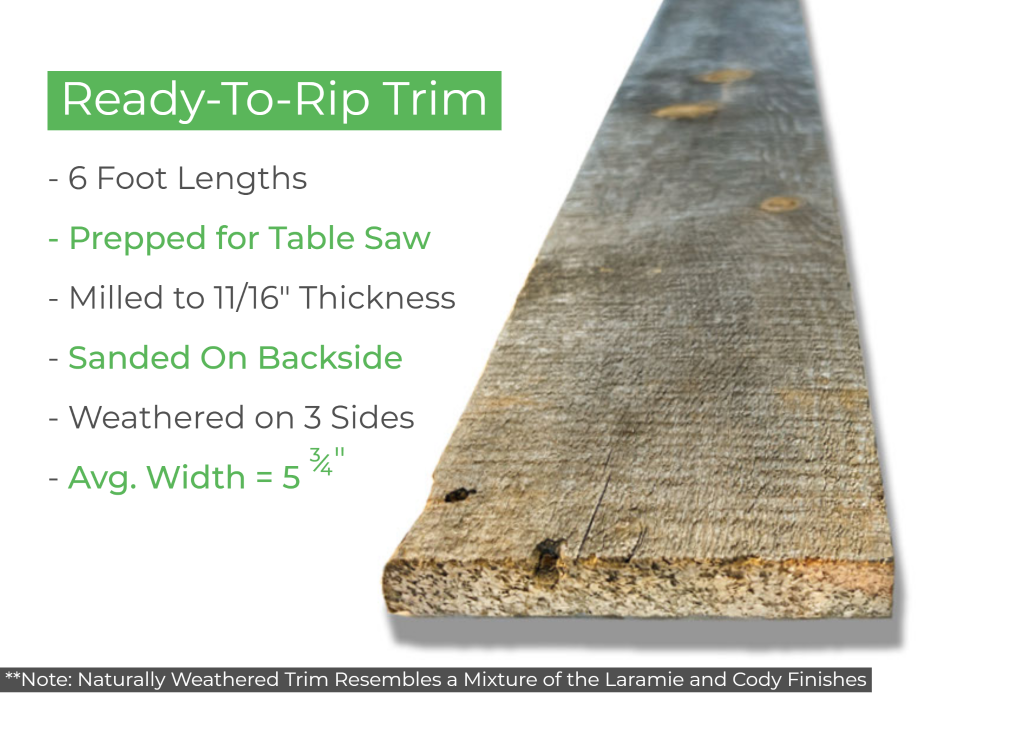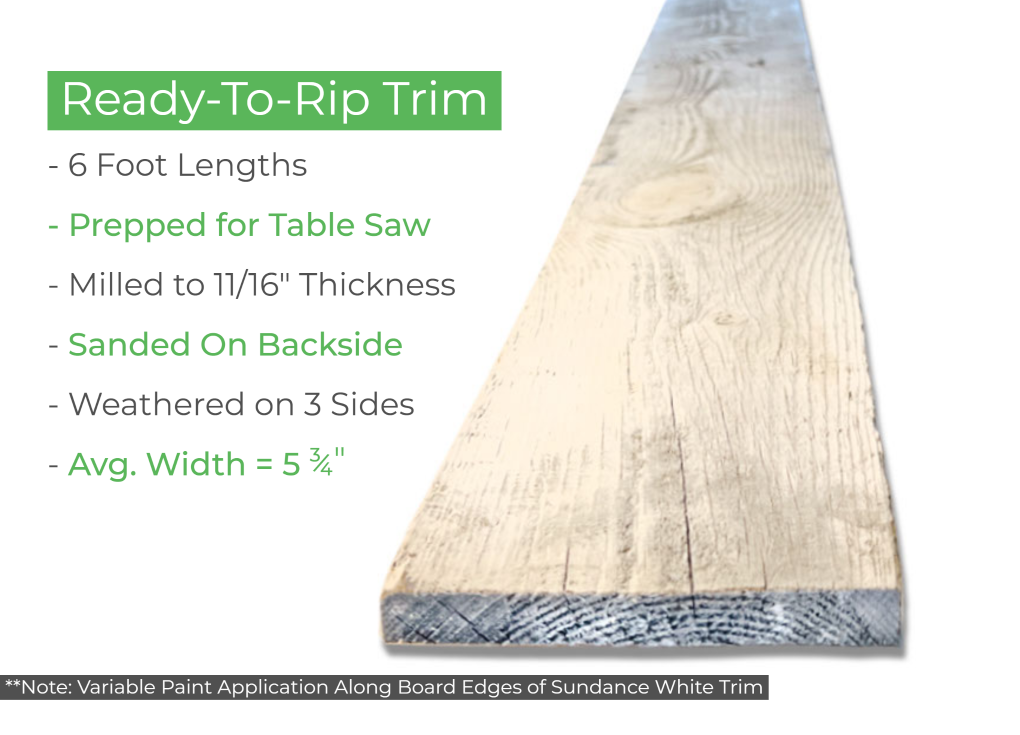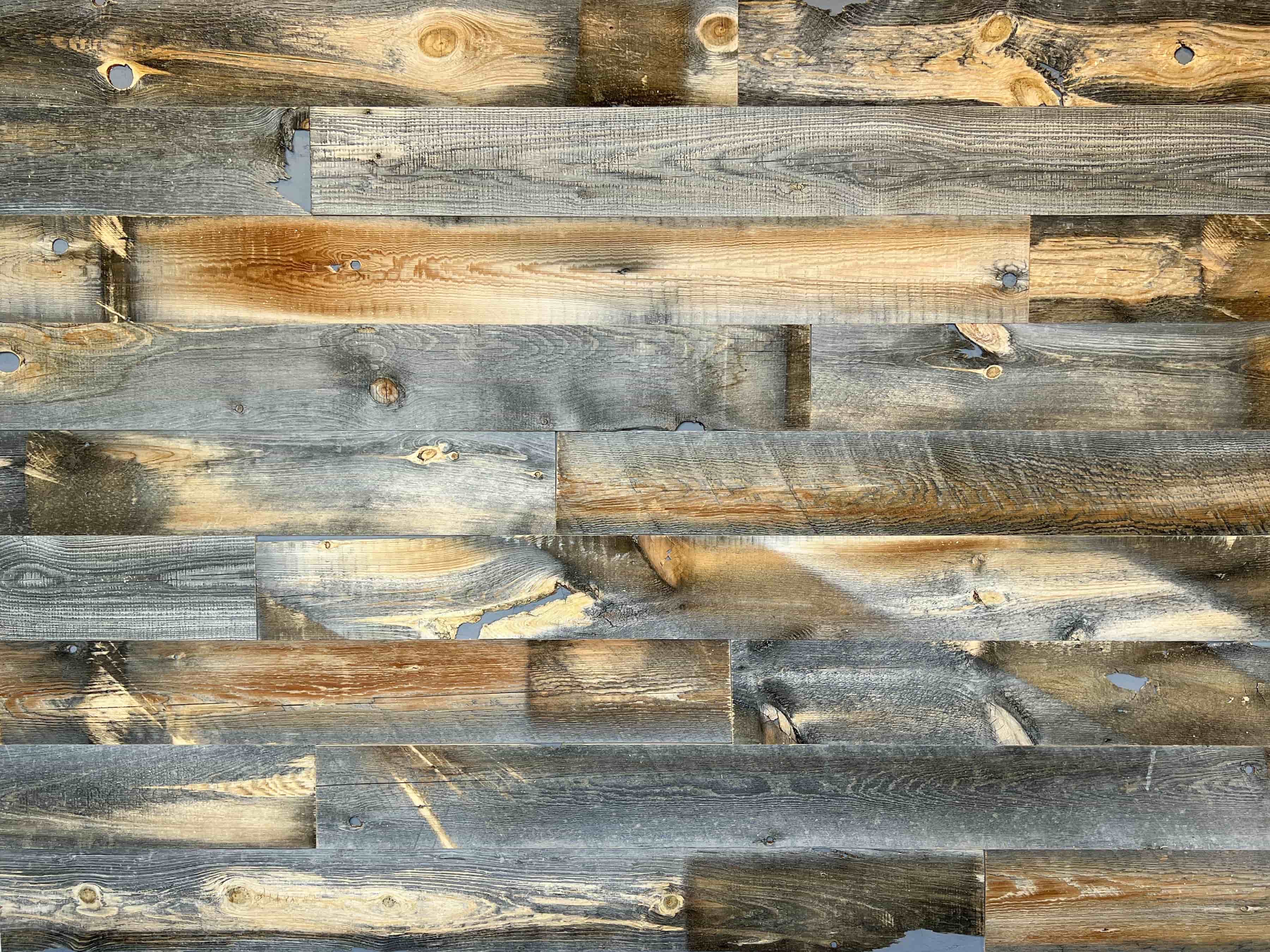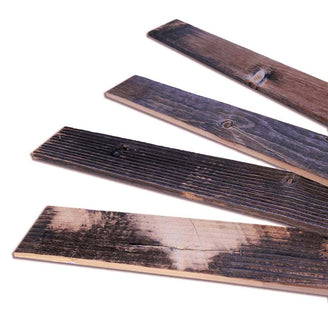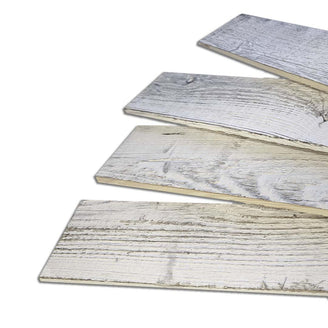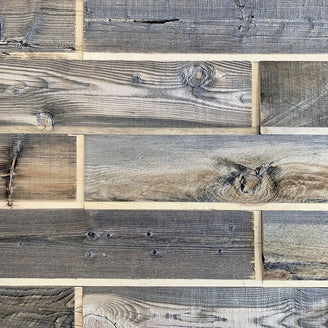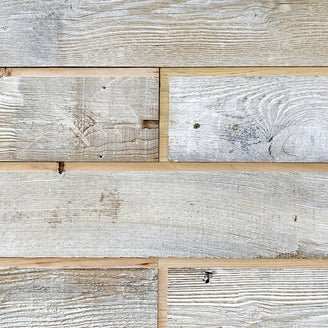Keeping wood clean and well-maintained doesn't have to be complicated. Whether you're caring for wood furniture, flooring, or decorative pieces, understanding the right cleaning methods can help preserve their beauty and extend their life.
The Short Answer: To clean wood effectively, first identify your wood type (finished, unfinished, or laminated). For basic cleaning of finished wood, use a soft cloth with a small amount of dish soap mixed in warm water. Wipe in the direction of the wood grain, then dry immediately with a clean, lint-free cloth. Never let water stand on wood surfaces. For tough dirt, use mineral spirits on finished wood, or specialized wood cleaners designed for your specific wood type.
What You'll Learn in This Guide
-
How to identify different types of wood and their specific cleaning needs
-
Which cleaning supplies and solutions work best for each wood type
-
Step-by-step cleaning techniques from basic maintenance to deep cleaning
-
How to avoid common mistakes that can damage wood
-
Tips for long-term wood care and protection
Understanding Different Types of Wood and Their Cleaning Needs
Before grabbing your cleaning supplies, you need to know what type of wood you're working with. Each wood type and finish requires specific care to avoid damage. Understanding the differences between wood types will help you choose the right cleaning method and avoid costly mistakes.
Finished Wood
Finished wood furniture and flooring have protective coatings like varnish, lacquer, or polyurethane. These surfaces offer good resistance to water damage and stains, making them easier to maintain than their unfinished counterparts. Most modern wood furniture and hardwood floors fall into this category.
Common characteristics of finished wood:
-
Smooth, sealed surface texture
-
Water beads up rather than soaking in
-
More resistant to staining
-
Can handle mild soap solutions for cleaning
Unfinished or Natural Wood
Raw or unfinished wood requires a more delicate touch since it lacks any protective barrier. Without a protective finish, liquids can quickly penetrate the wood grain, potentially causing warping or discoloration. Common examples include butcher blocks, wooden cutting boards, and some antique wooden furniture. These surfaces need gentle cleaning methods that minimize moisture exposure while still removing dirt effectively.
Laminated Wood
Laminated wood, commonly found in affordable furniture pieces, consists of a thin veneer or printed surface designed to mimic natural wood grain. This type of wood furniture needs special consideration during cleaning because excessive moisture can cause the laminate to separate from its base material. A barely damp cloth is usually sufficient for regular cleaning.
Identifying Your Wood Type and Finish
You can identify your wood type through simple observation and touch. Finished wood typically has a smooth, sealed feel, while natural wood offers more texture under your fingers. For laminated surfaces, look for repeating patterns in the wood grain - nature rarely creates exact duplicates.
Quick ways to test your wood finish:
-
Water drop test: Place a single drop in an inconspicuous spot
-
Touch test: Run your hand over the surface to feel for texture
-
Pattern check: Look for exactly repeating grain patterns
-
Hidden spot check: Examine hidden areas for raw wood exposure
Essential Wood Cleaning Supplies and Methods
The right cleaning supplies make all the difference when caring for wood. Using the wrong products can damage your wood surfaces, while the proper tools will help maintain their beauty for years to come.
Essential Cleaning Supplies
Your basic wood cleaning kit should contain:
-
Soft, lint-free cloths
-
Mild dish soap
-
Clean, warm water
-
Spray bottle for cleaning solutions
-
Mineral oil for conditioning
-
Soft brush for textured surfaces
Matching Cleaning Solutions to Wood Types
Different wood surfaces need different cleaning approaches. For finished wood furniture, a solution of mild dish soap and warm water works well for most cleaning tasks. Mix just a few drops of soap with warm water - you want the solution barely sudsy to avoid leaving residue behind.
For unfinished wood, stick to dry cleaning methods when possible. When you need more than dusting, mineral oil can help lift dirt while conditioning the wood. Avoid water-based cleaners on unfinished surfaces, as they can raise the grain and cause warping.
Laminated wood requires minimal moisture. A barely damp cloth works best for regular cleaning. Never use oil-based products on laminated surfaces, as they can leave behind a stubborn residue that attracts more dirt.
Testing New Products
Before using any cleaning solution on your wood surface, always test it in a hidden spot first. Here's how:
-
Choose an inconspicuous area
-
Apply a small amount of your cleaning solution
-
Wait 24 hours
-
Check for any discoloration or damage
Common Cleaning Mistakes to Avoid
One of the biggest mistakes people make is using too much water when cleaning wood. Even on finished surfaces, excess water can seep into joints and grain, leading to warping or discoloration. Always wring out your cleaning cloth until it's just barely damp.
Another common error is using the wrong cleaning products. Avoid abrasive cleaners, steel wool, and bleach-based products on any wood surface. These can scratch the finish or damage the wood itself. Furniture polish should be used sparingly - too much builds up over time and attracts dust.
Start with the gentlest cleaning method first and only move to stronger solutions if needed. For most regular cleaning tasks, a soft cloth and the right amount of moisture is all you need.
Daily and Deep Cleaning Techniques
Proper wood care involves both regular maintenance and occasional deep cleaning. Your cleaning approach should be determined by how soiled the surface is and the type of wood you're working with.
Regular Maintenance
Daily or weekly cleaning keeps wood looking its best and prevents dirt buildup. Start by dusting with a soft, clean cloth, moving in the direction of the wood grain. For finished wood furniture, light dusting might be all you need.
When dusting isn't enough, step up to damp cleaning:
-
Use a soft cloth wrung out in warm water
-
Clean in small sections
-
Dry immediately with a clean cloth
-
Always follow the wood grain
Deep Cleaning Solutions
Over time, wood surfaces can develop sticky residue, stains, or accumulated grime that requires deeper cleaning. Here's how to handle different situations:
For general deep cleaning, mix a small amount of dish soap with warm, clean water. Dip a soft cloth into the solution, wring it until barely damp, and clean in the direction of the wood grain. Follow immediately with a clean, dry cloth.
For stubborn dirt on finished wood, try this apple cider vinegar solution:
-
Mix equal parts vinegar and warm water
-
Test in an inconspicuous spot first
-
Apply with a soft cloth
-
Dry thoroughly
Dealing with Common Problems
Sticky residue often comes from built-up furniture polish or kitchen grease. For finished wood, dampen a cloth with mineral spirits and gently rub the affected area. Always work in a well-ventilated space when using mineral spirits.
Water marks or rings also need special attention. For white rings on finished wood, try gently rubbing the area with mineral oil. If that doesn't work, a mixture of equal parts soft olive oil and lemon oil can go a long way.
Protecting After Cleaning
After any deep cleaning, it's important to protect the wood surface. For finished wood furniture, use a quality furniture wax or polish sparingly. Unfinished wood may benefit from a light coating of mineral oil to help protect against moisture.
Pay special attention to frequently used areas, such as:
-
Table tops
-
Chair arms
-
Door handles
-
Kitchen surfaces
Remember to always work in small sections and never let cleaning solutions or water sit on the wood surface. Quick drying is essential to prevent damage to both finished and unfinished wood.
Experience the Low-Maintenance Beauty of Reclaimed Wood
If you're tired of constant wood maintenance, there's a better solution. While wood furniture and flooring demand careful cleaning routines, reclaimed wood panels offer a simpler way to enjoy natural wood beauty in your space.
At Centennial Woods, our reclaimed wood products come naturally weathered from Wyoming's snow fences, creating unique character that doesn't require extensive upkeep. Unlike traditional wood that needs regular cleaning and conditioning, our wood boards need minimal care - just occasional dusting with a brush is enough to keep them looking their best.
Each piece of our reclaimed wood tells a story through its natural weathering patterns, created by Wyoming's intense climate. Beyond their low maintenance appeal, these boards represent sustainable practices - they've already served an important purpose keeping Wyoming's roads safe, and now they're ready to bring distinctive character to your space.
Ready to transform your space with wood that needs virtually no maintenance? Visit Centennial Woods to explore our collection of weathered wood products. From interior wall paneling to outdoor siding, we'll help you find the perfect low-maintenance wood solution for your project.



